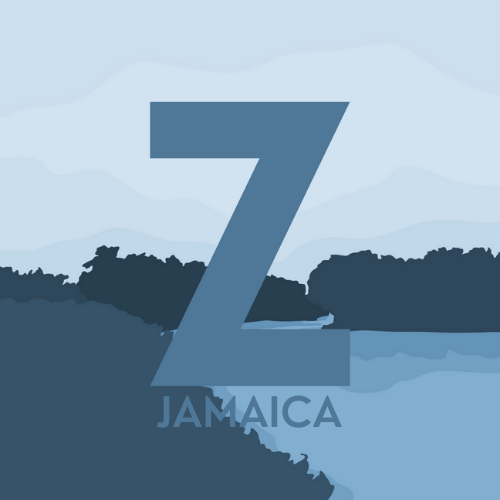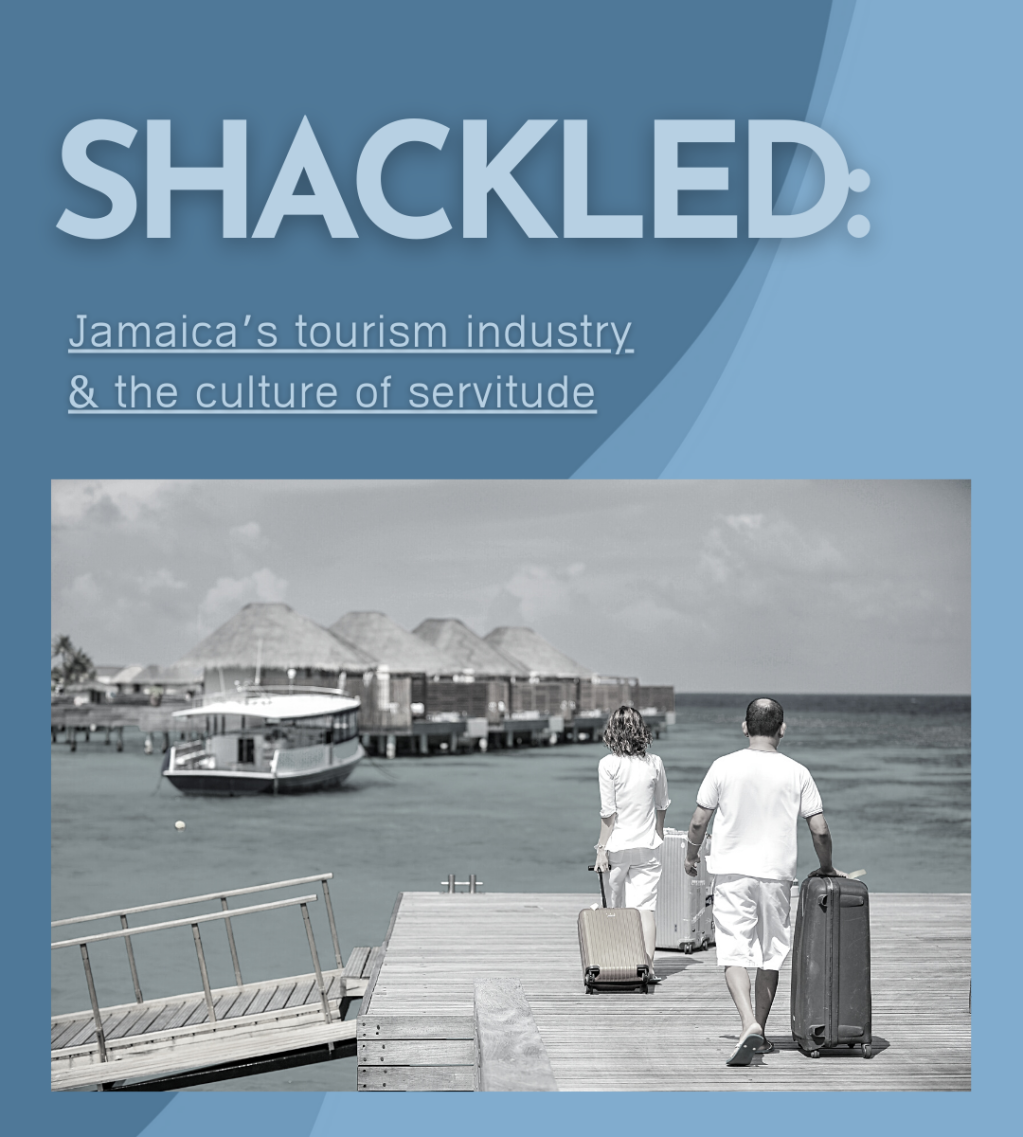by Jaeda McDonald | November 8, 2021
Mimeticism is defined as the act of representation through imitation, many times being the adoption of attitudes of colonizers by the colonized people.
Tourism in Jamaica started during the 1890s when it became financially possible for middle-class North Americans and Europeans to travel by air. Jamaica’s tropical climate allowed for it to be the perfect place to escape the harsh winters. Tourism in Jamaica became more widespread after World War I when international travel improved significantly.
Jamaica’s national income is highly dependent on the tourism industry, as it is Jamaica’s second most important earner of foreign exchange. Jamaica, as well as other Caribbean countries, has strongly encouraged tourist arrivals from the European Union and North America.
CONNECTION OF THE CURRENT INDUSTRY TO COLONIAL SERVITUDE
The tourism industry is defined by the Jamaican people working to please and satisfy visitors from foreign powerhouse countries such as the US and Britain on which the country is dependent. These workers are paid low wages and this ends up being a mockery of the workers which contributes to the degradation of all Jamaican citizens as it becomes an expectation for them to serve tourists as hotel staff would serve guests.
The tourist destinations tend to be vast structures, locations containing deep history (usually renovated to be ‘appropriate’ enough for visits) or modern structures that are similar to the architecture in the tourists’ home countries. The tourism industry is where minimally paid workers spend their days catering to (usually) financially stable tourists which creates a striking parallel to slavery— ‘enslaved’ people working to survive, serving powerful people in grand houses.
How ironic is it that the majority of the blue-collar hotel staff are dark-skinned? Stemming from the colonial era, people of darker skin tones are placed on the bottom of the social hierarchy; they are the ones treated in the most sub-human manner compared to that of lighter-skinned people. The narrative following the duty of dark-skinned people is sinking to lick boots; to serve. The racial discrimination that is the foundation of this expected servitude by people of darker skin tones mirrors that of slavery.
CULTURAL EXPLOITATION
The tourist’s enjoyment is essential for continued revenue in the tourism industry. The country’s culture and history is modified in order to be captivating to tourists thus exploiting Jamaican culture in order to make it palpable to tourists. For example, Junkanoo costumes and parades are dulled down so they are not viewed as “too scary” but as exciting and interesting.
Additionally, important aspects of the country’s history, like slavery and its abolition, will be omitted so as to not highlight their own ancestors’ wrongdoing. The same happens with rebellions and other fights for independence so that tourists do not have to acknowledge the blockage of freedom put up by their ancestors that the Jamaican people had to fight for. Anything that will put the tourists’ ancestors in a bad light is omitted to make them comfortable at the expense of our citizens.
The history behind many popular attractions will also never be mentioned to tourists; in fact, they are romanticized by tourist companies. For example, The Rose Hall Great House is well known for its property tours as well as the story of the ghost of Annie Palmer that follows it. However, many are unaware that it was once a slave plantation; and the true nature of Annie Palmer is not mentioned to tourists eager to hear stories of The White Witch of Rose Hall.


Leave a comment